Top Things to Know Before Buying Vegetable Seeds for Your Home Garden
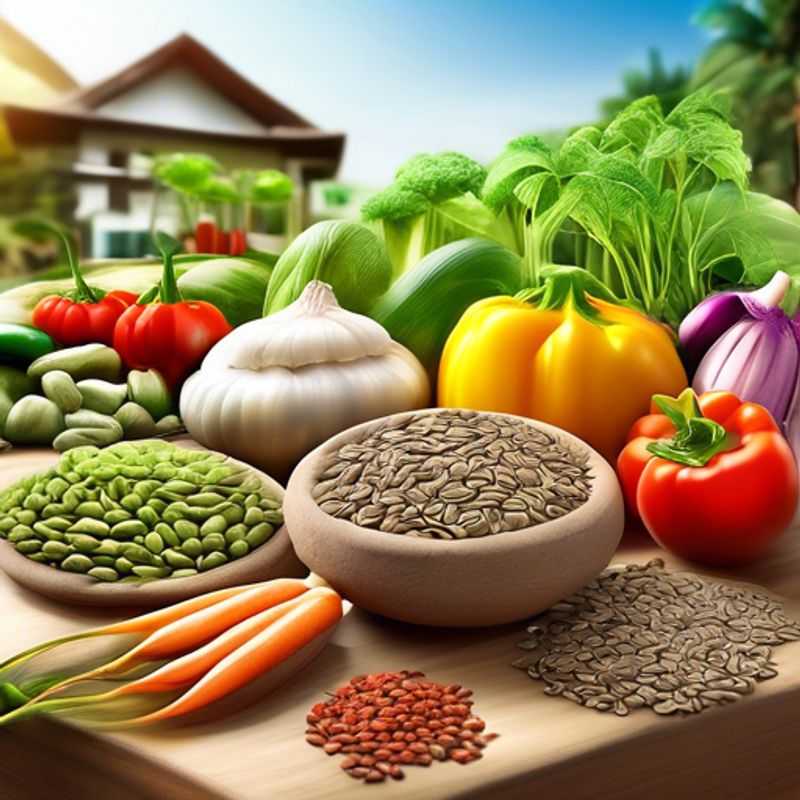
Top Things to Know Before Buying Vegetable Seeds for Your Home Garden: Research, Sunlight, Seed Variety, Planting Depth, Starting Indoors, Storage, and Seed Quality
Hey there, green thumbs! Ready to get your hands dirty and grow your own delicious veggies? Before you dive headfirst into the world of seed packets, there are a few things you should know to ensure a bountiful harvest. Let’s break down the top things to consider before you buy those seeds:
1. Know your local climate and conditions. What kind of weather do you typically experience? How long is your growing season? This information is crucial to choosing seeds that will thrive in your garden.
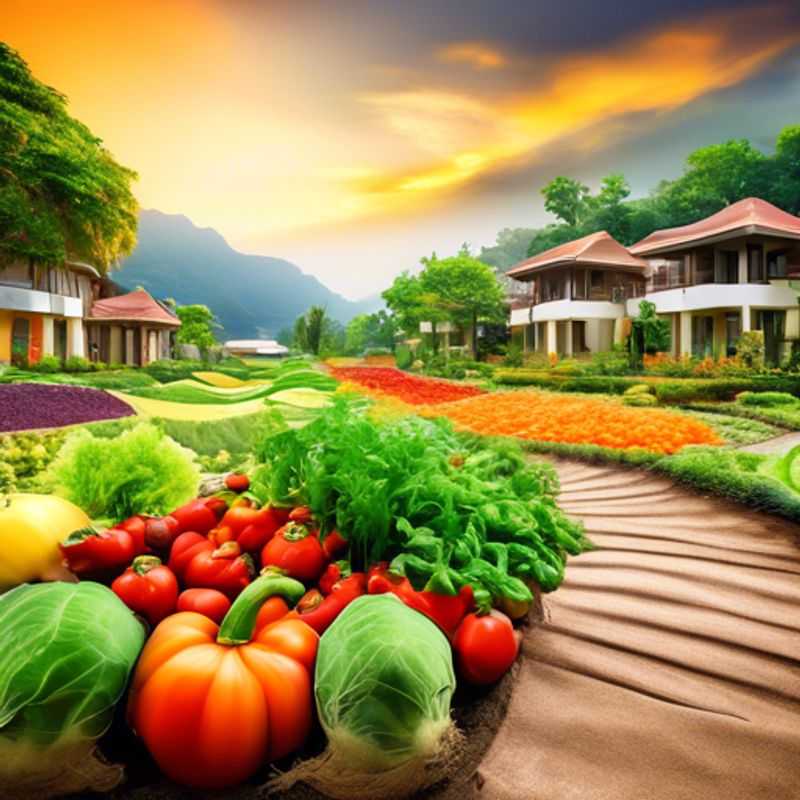
Know Your Zone: Researching Your Local Climate and Growing Conditions
Before you start planting, you need to understand the climate and growing conditions in your area. This will help you choose the right plants for your garden and ensure they thrive. The local weather is crucial for successful gardening.
You can research the climate and growing conditions in your area by checking online resources like the National Oceanic and Atmospheric Administration (NOAA) or your local agricultural extension office. These sources offer detailed information on average temperatures, rainfall, and frost dates.
Here are some key factors to consider:
* Temperature: What are the average high and low temperatures in your area throughout the year? How long is the growing season (the time between the last frost in spring and the first frost in fall)?
* Rainfall: How much rainfall does your area receive annually, and how is it distributed throughout the year? Is there a dry season? Plants require different levels of water, so knowing the rainfall pattern in your area is important.
* Sunlight: How much sunlight does your garden receive? Is it mostly shaded, partially shaded, or full sun? Plants need different amounts of sunlight to thrive.
* Soil: What type of soil do you have? Is it sandy, loamy, or clay? Different types of soil drain differently, and some plants prefer certain types of soil.
Once you know the climate and growing conditions in your area, you can choose plants that are well-suited for your garden. You can also start thinking about your watering and fertilization needs. Understanding the specifics of your local climate is the foundation for successful gardening!
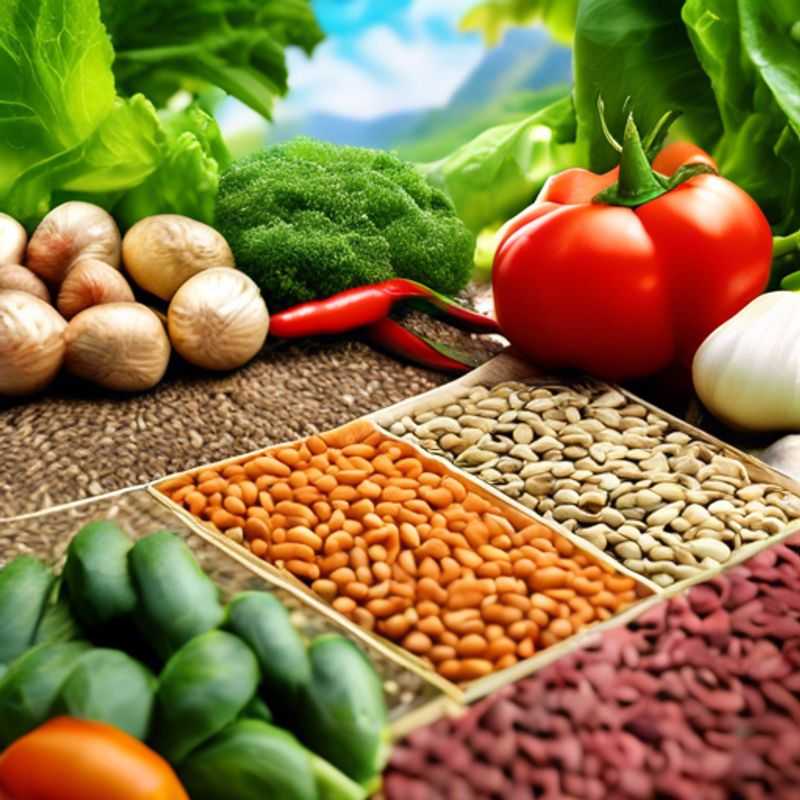
Sunlight and Space: Mapping Your Garden's Potential
Knowing the amount of sunlight and space available in your garden is essential for planning your planting. It helps you choose the right plants that will thrive in those conditions. You can determine sunlight levels by observing how much sun reaches different areas of your garden at different times of the day.
To determine space, you can measure the length and width of your garden using a tape measure or a measuring app on your phone. It's a good idea to sketch out a basic plan of your garden, noting existing features like trees, fences, and pathways.
Don't forget to factor in the space required for each plant. Check the plant tags or online resources for the mature size of each plant you're considering. You'll also need to consider the space needed for walkways, seating areas, and other features. Think about the overall layout and how you want to use your garden.
You can use online tools and apps to help you with this process. Some even offer virtual garden design features. Remember, the more accurate your assessment of sunlight and space, the more successful your garden will be.
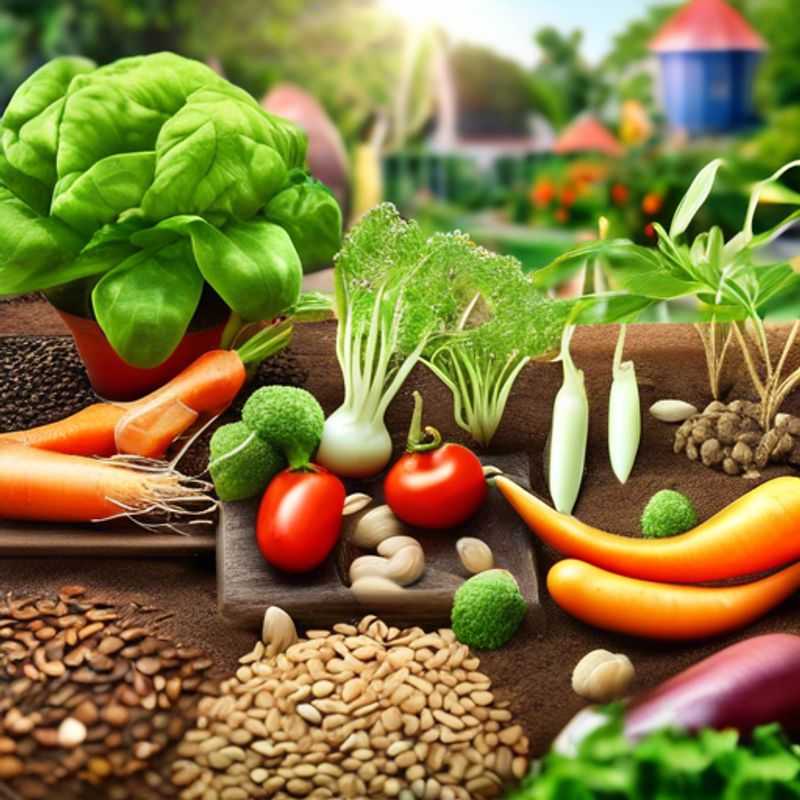
Open-Pollinated or Heirloom Seeds: The Key to Adaptable and Thriving Gardens
When it comes to growing your own food, choosing the right seeds is crucial. While hybrid seeds often offer high yields and uniformity, open-pollinated or heirloom varieties provide a significant advantage: better adaptability. These varieties have been bred over generations, allowing them to thrive in specific climates and conditions, making them more resilient and less susceptible to diseases.
Open-pollinated seeds are produced naturally through pollination by insects or wind, allowing them to develop genetic diversity. This diversity makes them more adaptable to local environments and less prone to diseases. They can also be saved and replanted, ensuring that you can continue growing your favorite varieties year after year.
Heirloom seeds, on the other hand, are at least 50 years old and have been passed down through generations. They are known for their unique flavors, appearance, and cultural significance. While they may not always offer the highest yields, their adaptability and flavorful produce make them a favorite among gardeners.
By choosing open-pollinated or heirloom varieties, you not only contribute to biodiversity but also ensure a more sustainable and resilient garden. These seeds are a testament to generations of natural selection and offer a unique connection to our food heritage. Remember, adaptability is key to thriving in a changing world, and these seeds provide a sustainable and flavorful way to enjoy the fruits of your labor.
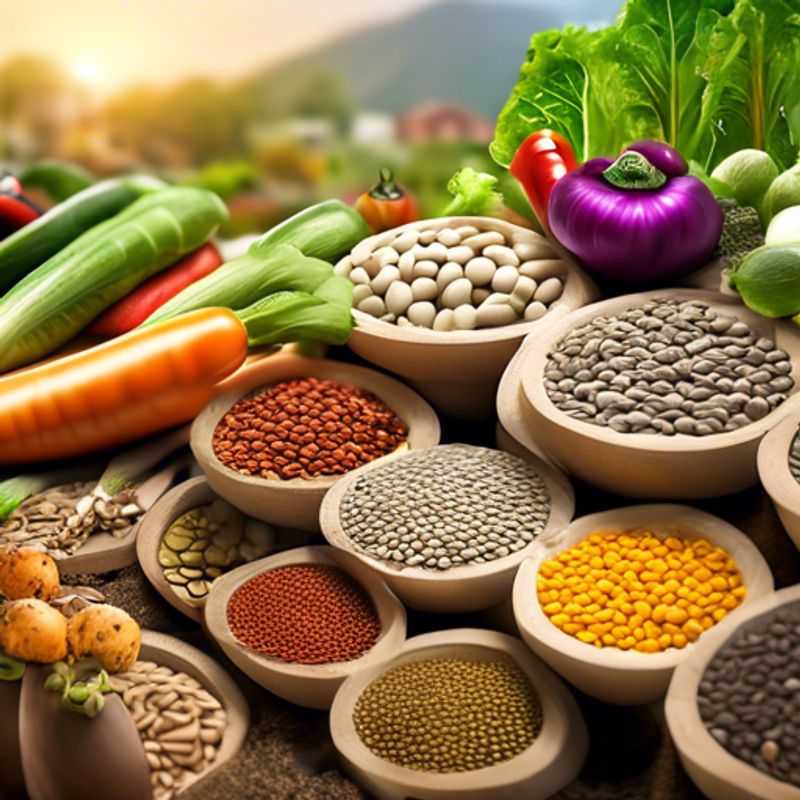
Unlocking the Secrets of Your Seed Packet: Planting Depth and Spacing
Before you start planting, take a moment to read your seed packet carefully. The information on the packet is essential for successful gardening, and you can avoid potential issues by following these simple guidelines.
Planting depth is crucial for seedling emergence. The seed packet will tell you the recommended depth to plant your seeds. This ensures that the seeds are at the right depth for the roots to reach the soil's nutrients and moisture.
Spacing is equally important. The seed packet will provide guidance on how far apart to plant your seeds. Proper spacing allows for adequate air circulation and prevents overcrowding, which can lead to disease and stunted growth.
Read the seed packet carefully and follow its instructions. This will help ensure that you have a successful and rewarding gardening experience.
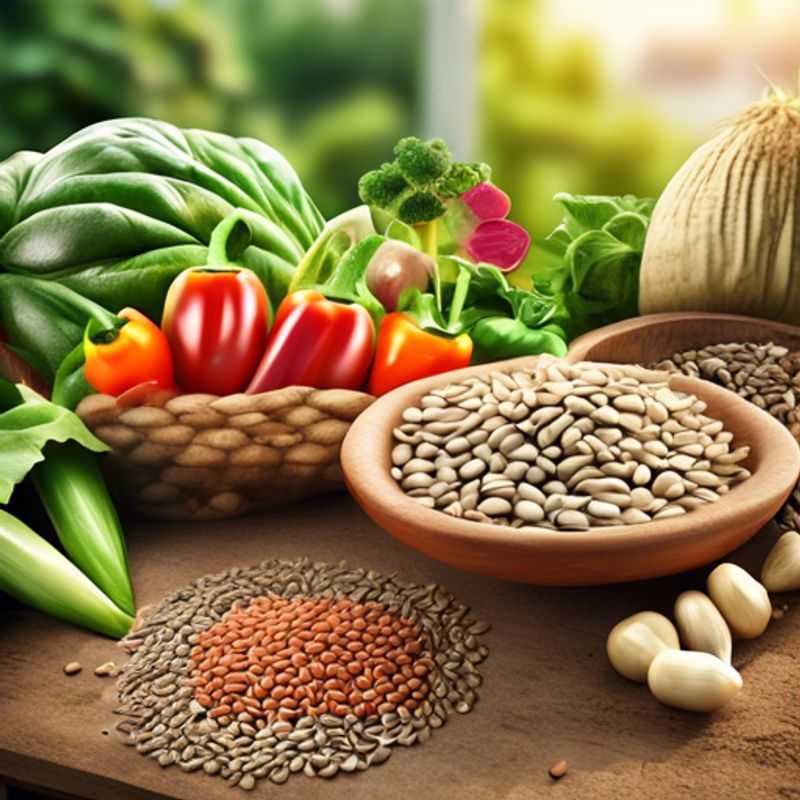
From Seed to Garden: A Gentle Guide to Acclimating Seedlings Outdoors
Starting seeds indoors can give your plants a head start, especially in cooler climates or for plants with a long growing season. It also allows you to have more control over the environment. Once your seedlings have developed a few true leaves, it's time to introduce them to the outdoors. This process, called hardening off, helps them adjust to the sun, wind, and temperature changes.
Hardening off is crucial for the survival and success of your plants. It's a gradual process that helps them become more resilient and less susceptible to shock.
Start by placing your seedlings outside for a short period, gradually increasing the time each day. Begin with a few hours of morning sun and shade during the hottest part of the day. Over a week or two, gradually increase the exposure to full sun and longer periods. This allows them to acclimate to the changing conditions and avoid sunburns.
Hardening off requires no specific paid activities. This process is simply about gradually exposing your seedlings to the outdoor environment to help them become more resistant to the changing conditions.
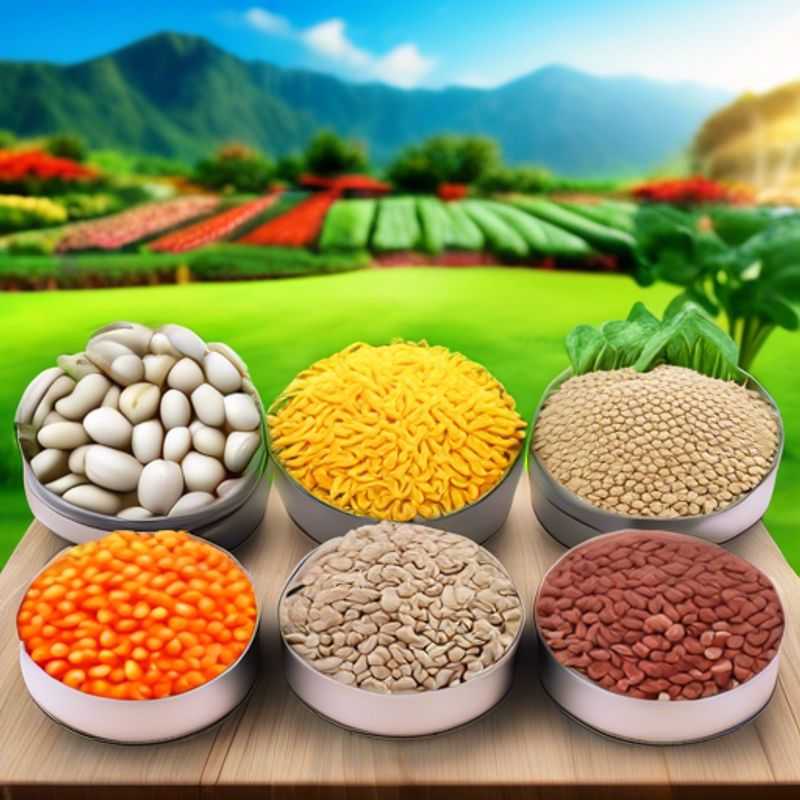
Saving Seeds for Success: How to Properly Store Them for Future Use
Seeds are the starting point for many gardening and agricultural projects. To ensure their viability for future use, proper storage is crucial. The golden rule is to keep seeds in a cool, dry place.
A cool environment generally means a temperature between 32°F and 41°F (0°C and 5°C). A refrigerator's vegetable drawer is often an excellent option. Avoid freezing, as this can damage the seed.
Dryness is equally important. Moisture can lead to mold and mildew growth, which can damage the seeds. Choose airtight containers to store seeds, preferably made of glass or metal. Paper envelopes can also be used, but ensure they are sealed properly. Use desiccant packs to absorb any remaining moisture.
While properly storing seeds can significantly extend their viability, it's crucial to note that seed longevity varies depending on the species. Some seeds, like those of lettuce and tomatoes, might remain viable for 3-5 years, while others, like onions and carrots, may last for several years.
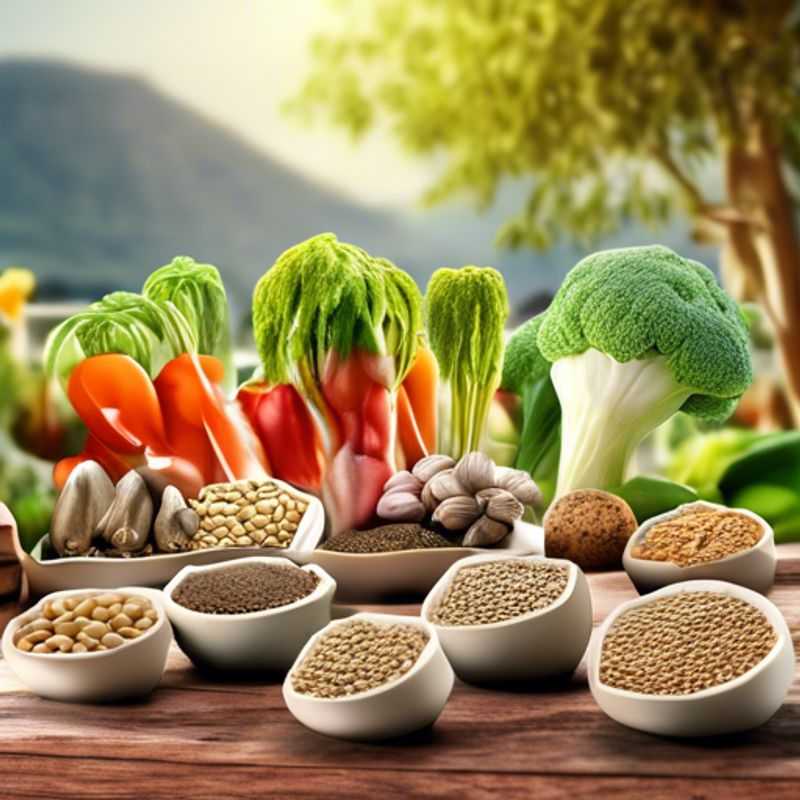
Why Investing in High-Quality, Non-GMO Seeds Matters
Choosing high-quality, non-GMO seeds from reputable sources is a key step for successful gardening. These seeds are free from genetic modifications, meaning they haven't been altered in a lab. This ensures that the plants grow true to type and maintain their natural genetic makeup.
By investing in high-quality seeds, you're setting yourself up for a rewarding experience. You'll get:
- Higher germination rates: These seeds are often treated to ensure they sprout reliably.
- Healthier plants: Non-GMO seeds are less susceptible to diseases and pests.
- Improved yields: You can expect a better harvest with higher quality seeds.
When choosing seeds, be sure to consider factors like the variety, growing conditions, and the specific needs of your garden. Look for seed packets that clearly label the origin, variety, and whether they are non-GMO. Consider these tips:
- Check the seed's origin: Choosing local seeds often guarantees better adaptability to your climate.
- Read reviews: Search online for feedback on specific seed companies and varieties.
- Buy from reputable sources: Opt for established seed companies known for their quality and reliability.
Keep in mind that investing in high-quality seeds is a worthwhile investment. It contributes to a healthier garden, better yields, and supports sustainable practices.
